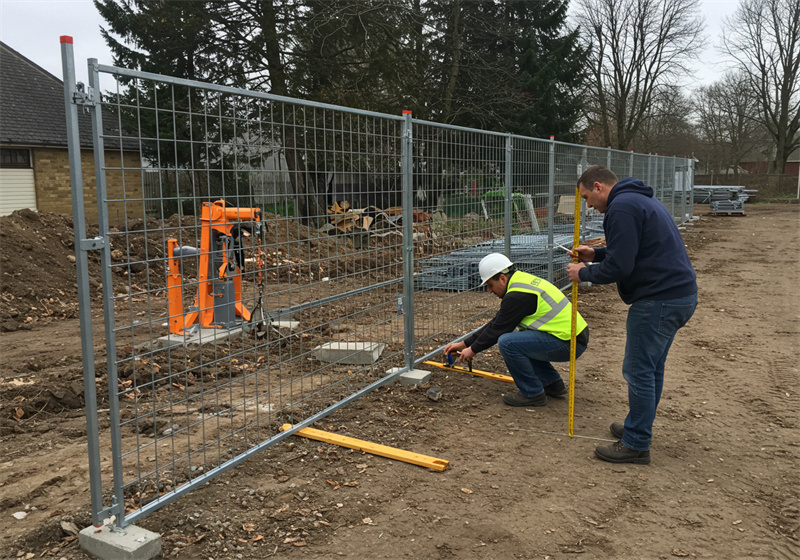Temporary fencing plays a crucial role in ensuring safety at construction sites. Its presence helps protect workers and the public from potential hazards. By understanding its importance, construction managers can effectively enhance security measures, reduce accidents, and comply with regulations. This post examines why temporary fencing is a crucial component in ensuring construction safety.
Preventing Unauthorised Access
One of the primary functions of temporary fencing is to prevent unauthorised entry. Construction sites often contain hazardous materials and equipment. Restricting access with a temporary fence hire helps reduce the risk of accidents. Clear boundaries also help manage site security, which ensures only authorised personnel can enter, thereby minimising theft and vandalism.
Ensuring Public Safety
Temporary fencing plays a vital role in public safety. It acts like a barrier between pedestrians and hazardous areas. Arcades have the advantage of protecting people on the street below from falling debris and other dangers. Moreover, clear warnings printed directly onto the fencing allow members of the public to be aware of the risks and offer an extra layer of protection to people.
Enhancing Worker Safety
The site boundary should have clear markings for the workers. You can use temporary fencing to set boundaries around areas under construction to minimise accidents. Employees can perform their duties without concerns about other disruptions. Efficient task management ensures that work goes on uninterrupted, which plays a crucial role in overall site productivity and safety.
Complying with Regulations
In the construction industry, regulatory compliance is non-negotiable. Temporary fencing also assists you in reaching high standards of safety, and the authorities will find it difficult to ignore you. Penalties for failing to comply could include punitive measures, such as fines and project delays. Construction managers ensure safety by installing adequate fencing, which helps prevent the project from facing legal issues.
Protecting Equipment and Materials
Construction assets are high-value tools and materials. Temporary fencing also protects these assets from theft or damage. A closed-access environment greatly minimises the risk of loss. It helps avoid wasting money, as well as the loss of time needed if any of the materials are either damaged or lost.
Improving Site Organisation
Clutter and debris can create hazards on a construction site. To ensure that people stay in the designated areas, temporary fencing is beneficial. Organisation prevents confusion and creates smooth operations. As a result, workers can easily differentiate work zones, thus enabling the entire site to be utilised efficiently and facilitating seamless workflow.
Facilitating Traffic Control
Temporary fencing helps control traffic volume, both vehicular and pedestrian, around construction sites. It helps in the safe movement of people by clearly demarcating entry and exit points. It helps prevent congestion and ensures a safer environment for workers and the public by reducing the possibility of accidents.
Adapting to Site Changes
Layout changes are common in construction projects. Temporary fencing is the best option for adjusting to those changes. They are simple to reposition in case of fluctuating requirements. Construction managers can quickly adapt to project changes, thus ensuring that safety and efficiency remain a priority, even in times of change.
Reducing Liability
When used correctly, it considerably minimises liability for construction firms. It’s less likely that companies will be sued when accidents do happen, provided they have clearly marked boundaries and hazards. This proactive approach towards safety (responsibility) will bring down insurance premium costs and avoid loss of reputation.
Promoting Professionalism
A neat construction site strongly reflects professionalism. Temporary fencing helps to keep the area looking neat and organised. Such professionalism can reflect positively on the company, making it more appealing to clients and partners. It is an example that the industry must follow, as it means commitment to safety and quality.
Conclusion
Construction sites are inherently dangerous, and they require a temporary fencing supplier. It keeps unauthorised personnel away from sensitive areas, it ensures safety for workers and civilians, and it is there to protect employers from lawsuits. It contributes to the essential protection of valuable resources and organisation, which are fundamental to running an efficient and secure operation. Investing in quality temp fencing is always a smart step to take on any construction project.



